Figures & data
Figure 1. (A) UV-vis absorption, fluorescence excitation and emission spectra of CDs (the inset pattern is photographs of CDs under visible light and UV light). (B) Fluorescence emission spectra of CDs at different excitation wavelengths.
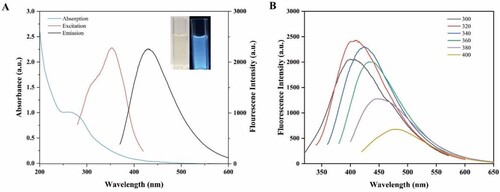
Figure 2. (A) TEM image, (B) corresponding size distribution, (C) XRD pattern, (D) FTIR spectrum of the CDs.
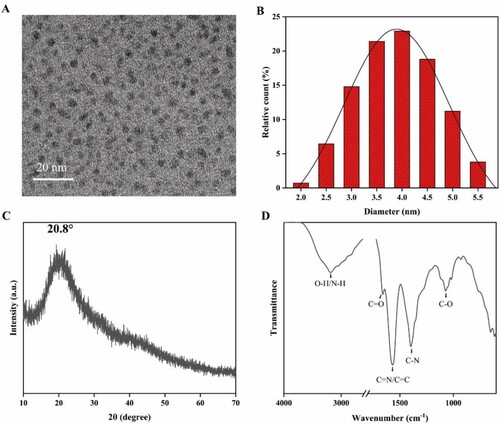
Figure 3. (A) XPS survey spectrum of the prepared CDs. High-resolution XPS spectra of C1s (B), N1s (C), and O1s (D).
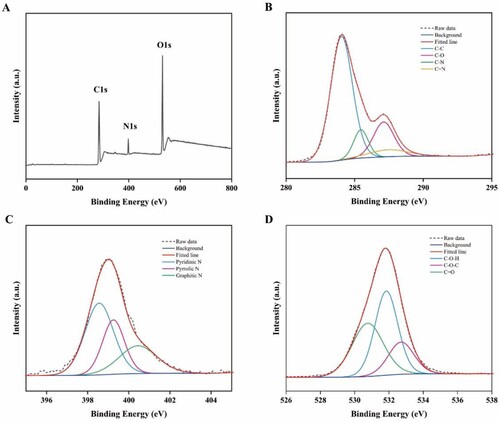
Figure 4. (A) Fluorescence response of CDs with different 4-NP concentrations (0–100 μM) (the inset pattern is photographs of CDs under 350 nm excitation in the presence of 4-NP at concentrations of 0, 10, 30, 50 and 100 μM, respectively). (B) The relationship between F/F0 and 4-NP concentration from 0 to 50 µM. Selectivity of CDs for 4-NP in the presence of various common inorganic ions (C) or structurally similar competitive compounds (D).
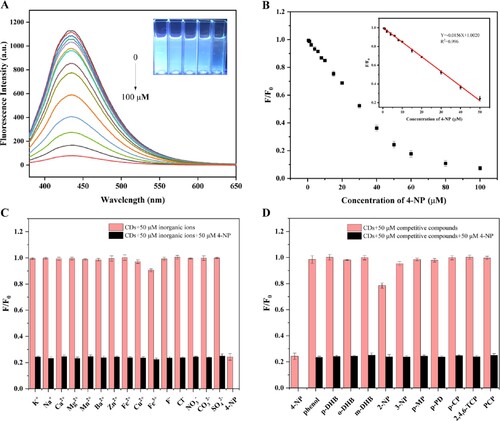
Figure 5. (A) The UV-vis absorption spectra of CDs, 4-NP, and the mixture of CDs and 4-NP. (B) The UV-vis absorption spectrum of 4-NP, fluorescence excitation, and emission spectra of CDs. (C) Stern-Volmer values of the CDs/4-NP at different temperatures.
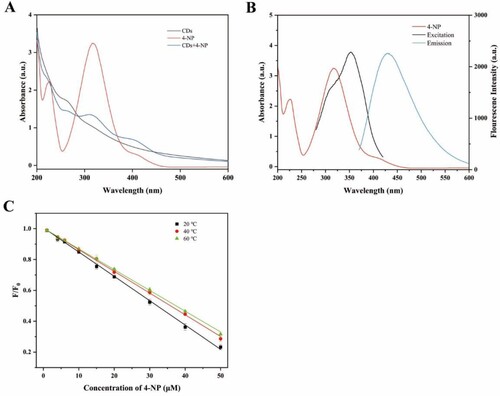
Table 1. Analytical results of 4-NP in real samples using the proposed method.
